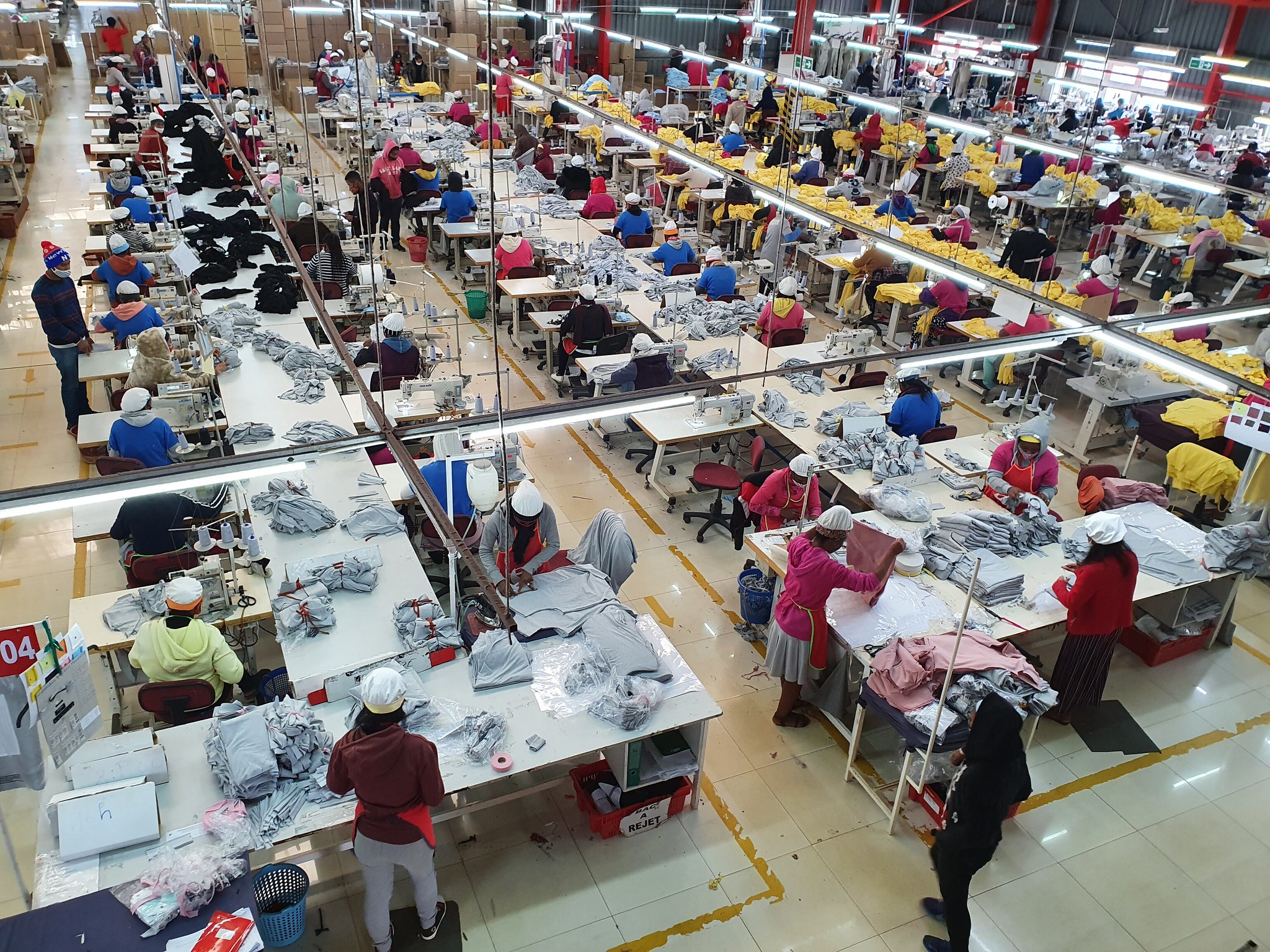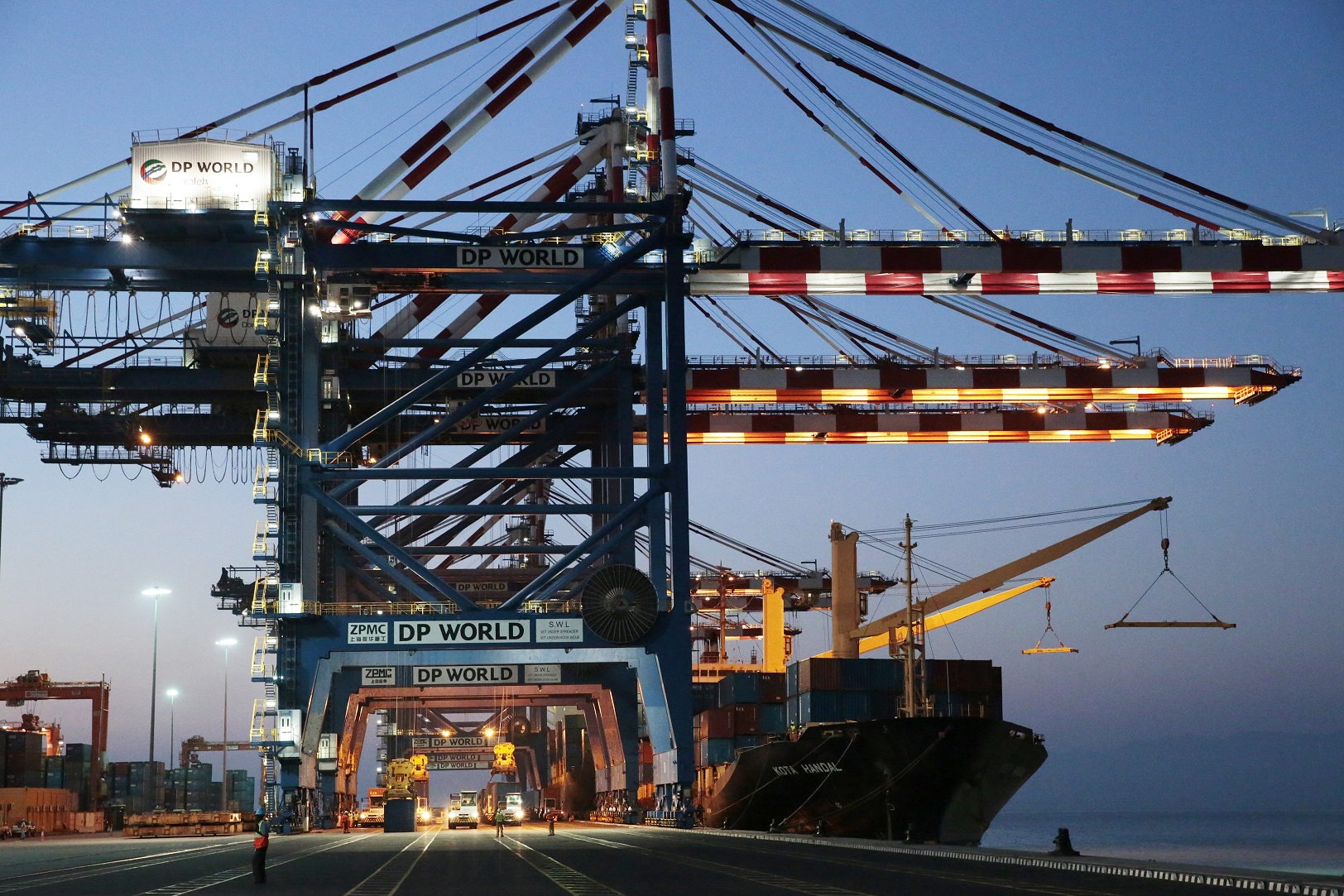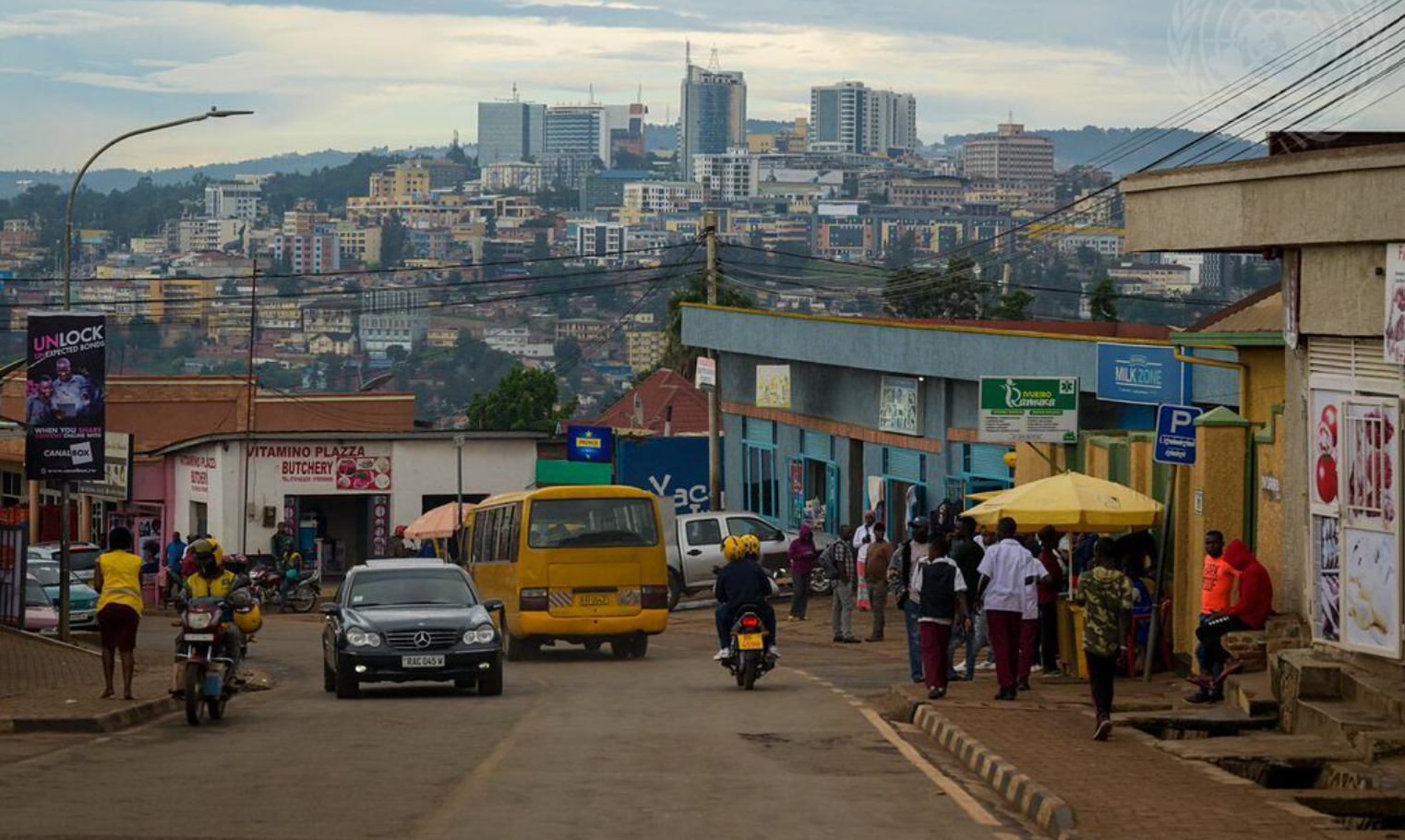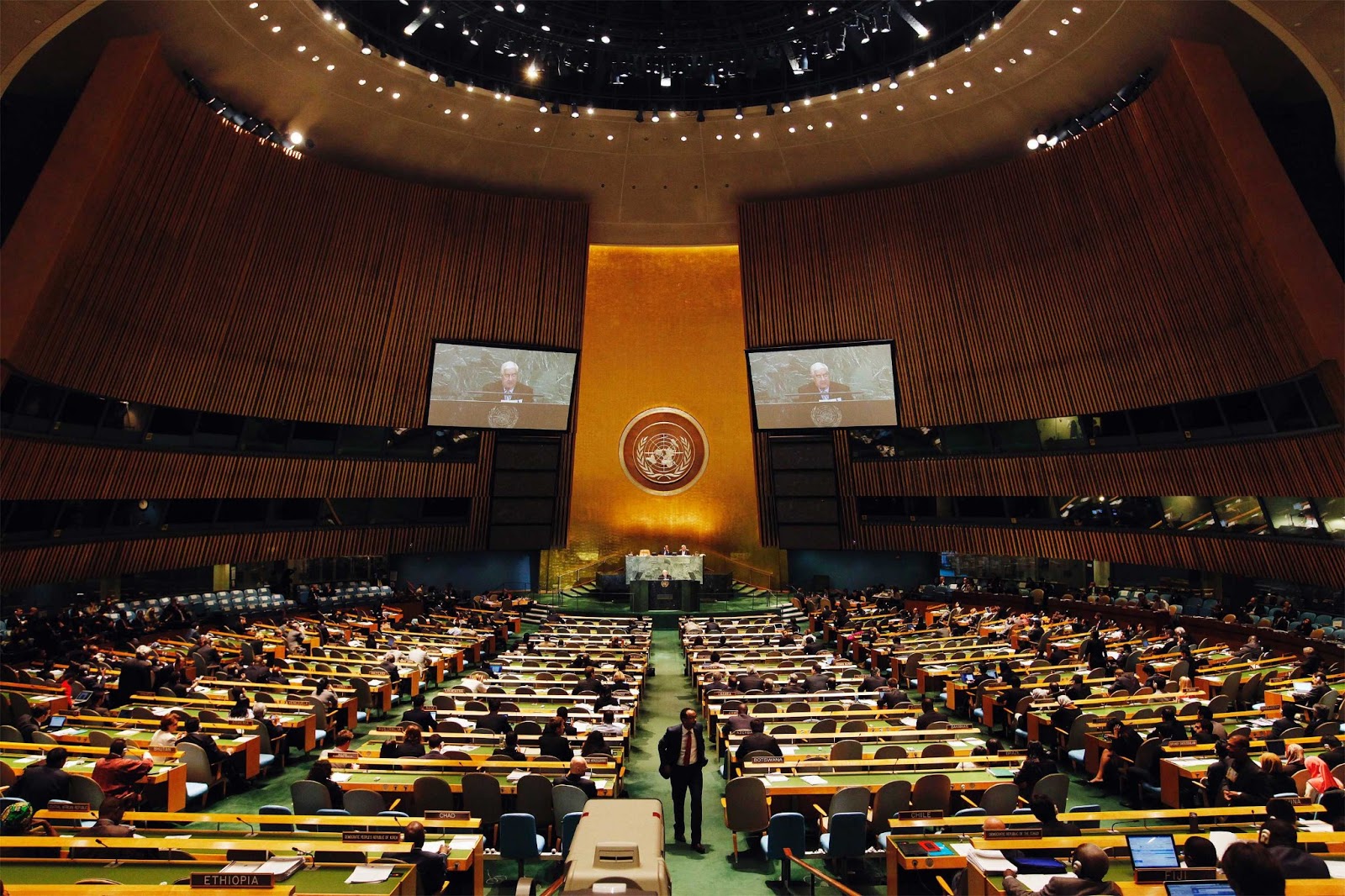Consumer inflation expectations are shaped by multiple factors—food and energy inflation remain crucial drivers, with persistent and large surges significantly shaping household expectations of inflation across countries.
SDG #8: Decent work and economic growth

The global economy is expected to experience subdued growth in the coming months amid a challenging trade environment and heightened macroeconomic uncertainties. The world economy is projected to grow by 2.5 per cent in both 2025 and 2026 — below the 2.8 per cent recorded in 2024 and the pre-pandemic average of 3.2 per cent (2010–2019).

In a reversal of a decades-long trend, central banks in many developing and some developed countries have increased their gold purchases over the past several years. The purpose of this policy is to enhance the diversity and stability of reserves: the share of the United States dollar in the international reserves of many central banks has been declining.

Following the unprecedented changes in the trade policy of the United States, LDCs must contend simultaneously with significantly higher bilateral tariffs, policy uncertainty, lower growth prospects in many importing countries, a potential re-alignment of supply chains, and a disruption to the existing
multilateral order.

The near-term global trade outlook is fraught with uncertainties amid new tariffs and other trade restrictions. While recent history demonstrates that the global trading system is resilient, often adapting by finding alternative channels for sustaining commerce, policy uncertainty could hinder this process by discouraging necessary investments.

Economic growth in landlocked developing countries (LLDCs) is expected to be steady in the near term but remains well below the average in the pre-pandemic decade. Substantial downside risks remain, including commodity price volatility, debt challenges, climate disasters and geopolitical tensions.
After years of turbulence and significant volatility in economic output, the world economy is on a more stable trajectory.

Given the strong interactions between domestic debt and the broader economy, policymakers must carefully weigh its associated trade-offs while determining the optimal debt structure to minimize chances of domestic debt default.

The world economy continues to face multiple crises, jeopardizing progress towards the Sustainable Development Goals (SDGs). Although global economic growth outperformed expectations in 2023 with several large economies showing remarkable resilience, simmering geo-political tensions and the growing intensity and frequency of extreme weather events have increased underlying risks and vulnerabilities. Furthermore, tight financial conditions also pose increasing risks to global trade and industrial production.
 Welcome to the United Nations
Welcome to the United Nations
